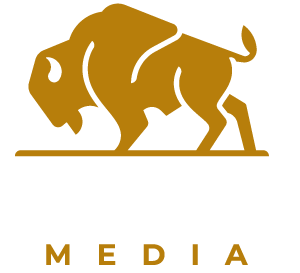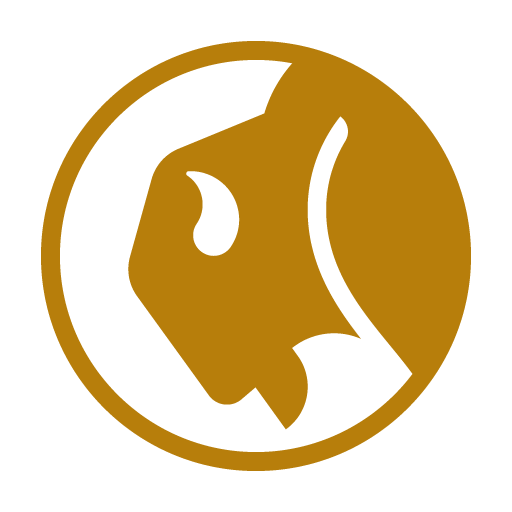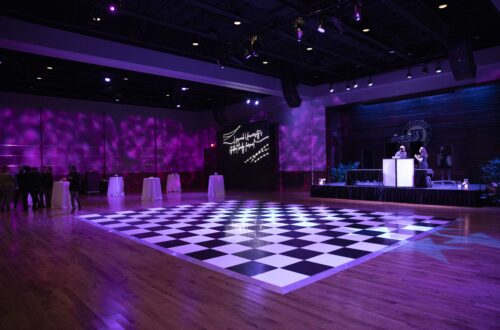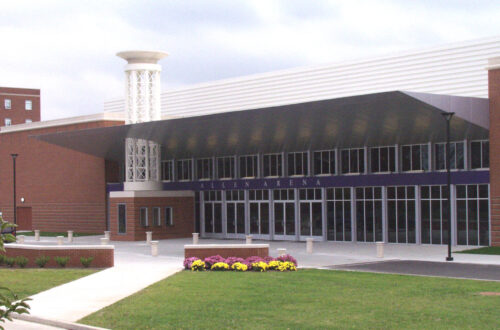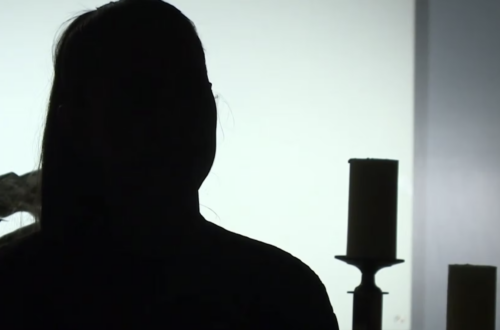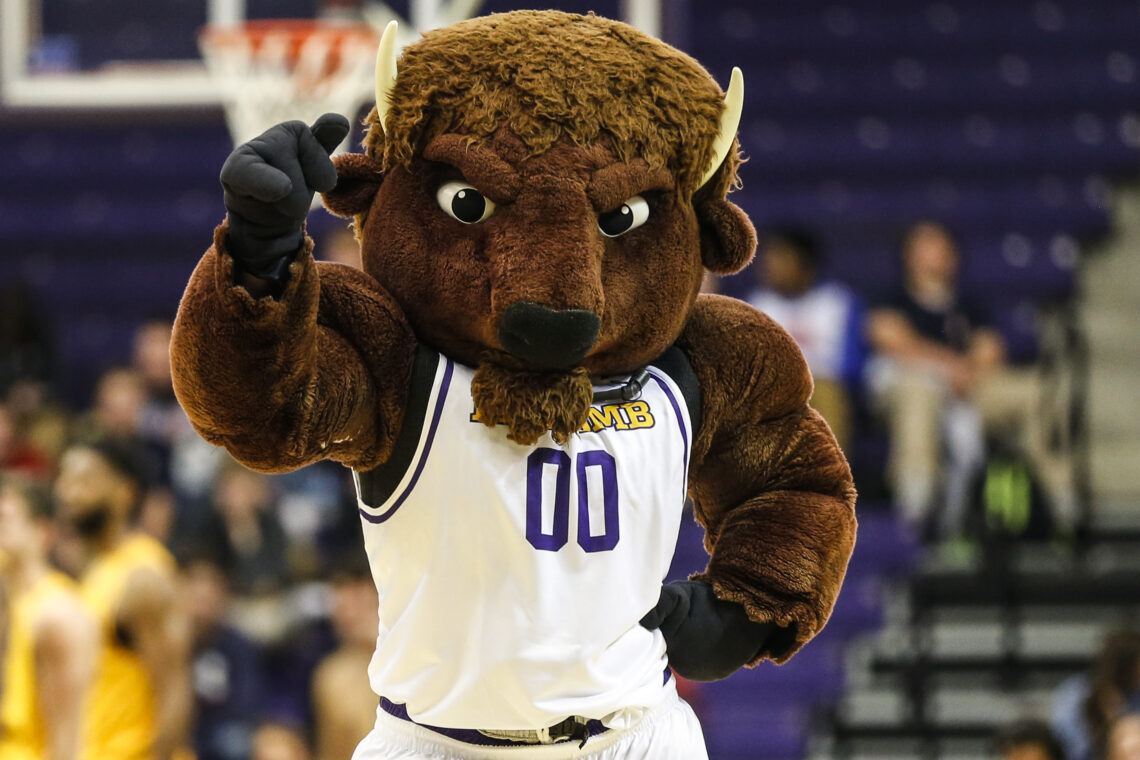
The lineage of Lou: The long-standing history of the Lipscomb Bisons’ mascot
There’s many traditions to a sporting event that just wouldn’t feel the same if they weren’t there. Remember when there were no fans at the games during COVID? Even though the action on the field, court, or pitch remained the same, the atmosphere of these games was’t the same compared to what we are used to.
There was no roaring crowd of students there to cheer on their team. No cheerleaders chanting “Let’s Go Bisons!” or performing during timeouts. And no energetic mascot roaming the arena to have fun with fans to help keep things entertaining in breaks of the action. The game-day experience just isn’t the same without a mascot. And speaking of mascots, what about the mascot here at Lipscomb? Who is he and where did he come from?
Meet Lou Bison, the mascot of the Lipscomb Bisons for the past 91 years. Lou has a lot of stories and has seen a lot during his time as Lipscomb’s mascot. From make-overs, to name-changes, to even kidnappings (yes, this actually happened), it’s safe to say that the lineage and history of the famed Lipscomb mascot is one worth exploring. Anyone else up for a quick mascot history lesson?
The beginning of the Bisons
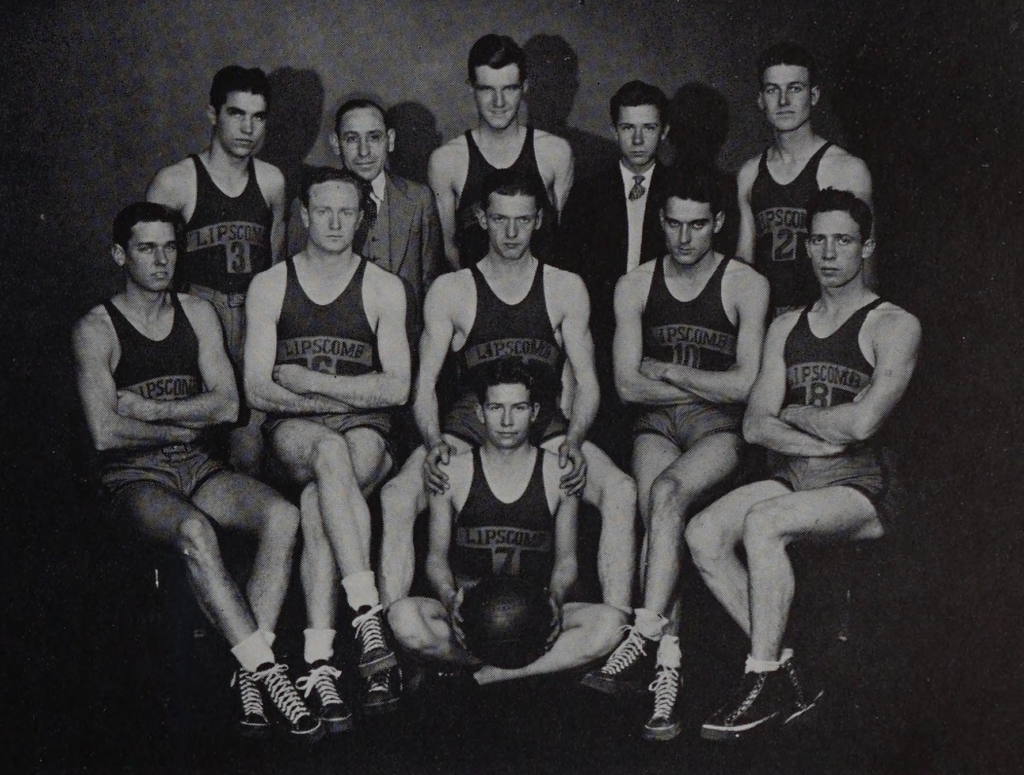
Before we get into the introduction of the physical mascot, we should probably go over how Lipscomb decided on the Bisons name. According to a 2020 Facebook post written by Pat Price of the Beaman Library Archive and Special Collections, the story of the Bisons name starts with the David Lipscomb men’s basketball team.
In 1932, the team was preparing for its first ever intercollegiate season and was looking for a mascot to represent it. In the 1931-1932 season, the team was named the “Crusaders”, but according to Price, the name never gained enough popularity so the team decided to look for other options.
According to Price’s post, in the Fall of the 1932-1933 season, first-year head coach, Scott Alexander went with the team’s captain, Jack Draper, to purchase uniforms at a store in downtown Nashville. When looking through the uniforms that were on display, Draper saw a jacket that featured a drawing on the back of what he described to be a buffalo (Bison are larger, heavier, and have shorter horns than buffalo; they are two different species).
Seeing this, Draper suggested the “Thundering Herd” as the team’s new name. Coach Alexander disagreed with Draper’s suggestion as he felt that the drawing on the jacket depicted a Bison and not a buffalo. Alexander then suggested naming the team the “Bisons”, and the team all agreed. From that moment on, the Bisons name stuck and eventually became the mascot for all of Lipscomb’s sports teams.
Additionally, Lipscomb’s sister school, Harding University is also nicknamed the “Bisons”. Harding adopted the name during their inaugural year in 1924-25, just a few years prior to Lipscomb doing so. It’s unclear if this had any impact on Lipscomb’s selection of the name.
1950s-1970s: Say hello to Bobo, Lipscomb’s first mascot
If you’re like me, you were “today years old” when you learned that mascots have origin stories too, and Lou Bison is no different.
Though it’s unclear on when the mascot officially made its debut at sporting events, the earliest mention of an official mascot is in 1952, when “Bobo The Bison” was introduced.
According to a story from The Babbler (Jan 25. 1952), Bobo the Bison “showed up” at a student board meeting, wearing white pants with a purple sweater with a gold letter “L” on it. This was the mascot’s first public appearance, but according the story Bobo had been “around” Lipscomb’s campus for over fifty years prior despite not ever being seen.
By the 1970s, the “Bobo the Bison” name was officially a thing of the past, and the mascot tradition had taken a more casual presence around campus. So much so, that the mascot didn’t even have a name anymore at that time, and it was simply referred to as just “the mascot”.
The student body still were the ones that handled most of the mascot duties, as different students would work as the mascot on a game-by-game basis. The person playing the mascot, along with the cheerleaders, would sometimes be voted on by students to play the role, meaning that unless a student volunteered to do it or someone was selected to do so by their fellow students, no mascot would at the games. Despite all of this the mascot maintained a consistent presence at sporting events, even traveling with the teams in some cases.
1970s-1990s: A new name and a newfound legacy
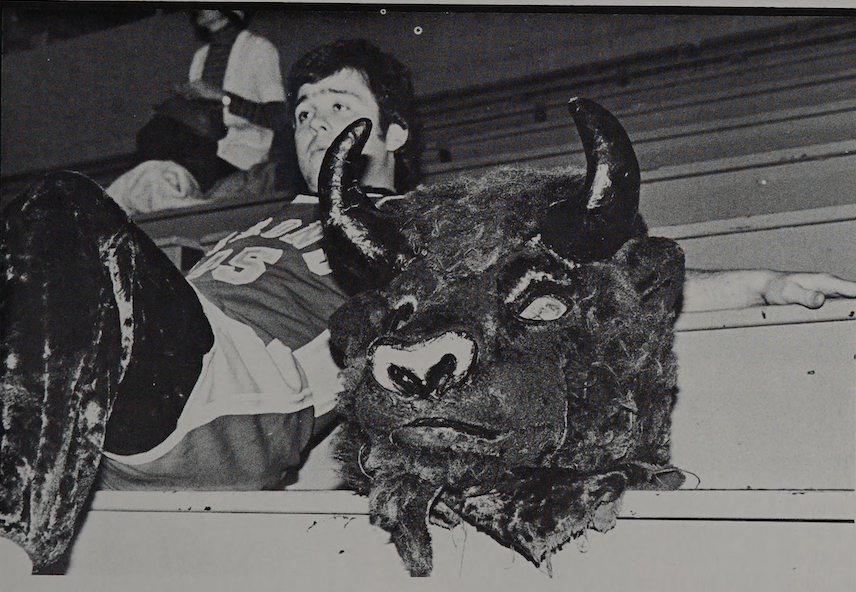
However, it wasn’t until 1979 when the Bison mascot would truly take a life of its own, and it all started with another legendary mascot at Cheatham County High School.
During that year, Lipscomb’s assistant athletic director of marketing, Andy Lane, was approached by “Lipscomb’s biggest fan” Chuck Ross. Ross told Lane “you have to get the Cubbie!”, referring to the “Cubbie” mascot from Cheatham County High School, who was immensely popular in the area during that time. Lane, who was from Cheatham county, told Ross that he would try to do so.
Lane then went to the student that was behind the mascot, James Rose, and approached him about coming to Lipscomb to be the man behind the Bison mascot. Rose agreed to do so, and with him came his legendary act from his time as the Cubbie. The Bison mascot then became known as “Big Dave” a reference to the school’s name which was still “David Lipscomb College” at that time.
During basketball games, Big Dave would ride around historic McQuiddy Gym on a three-foot and six-foot tall unicycle. The act was revered by students and fans alike. What used to be a no-name mascot (literally) was all of a sudden a on-campus sensation.
Rose wanted to take this a step further by competing as Big Dave in the National Championship for mascots. The event was being held at the University of Tennessee’s campus in Knoxville, but the Lipscomb’s athletics budget didn’t have the money to send him to the event at the time. So, Rose paid for it himself.
In return for his efforts? A six-foot tall “first-place” trophy. That’s right, Rose won the event.
Big Dave brought a national championship home to Lipscomb, and was officially viewed as one of the best mascots in the country.
1990s-2000s: Lipscomb and its mascot evolve together
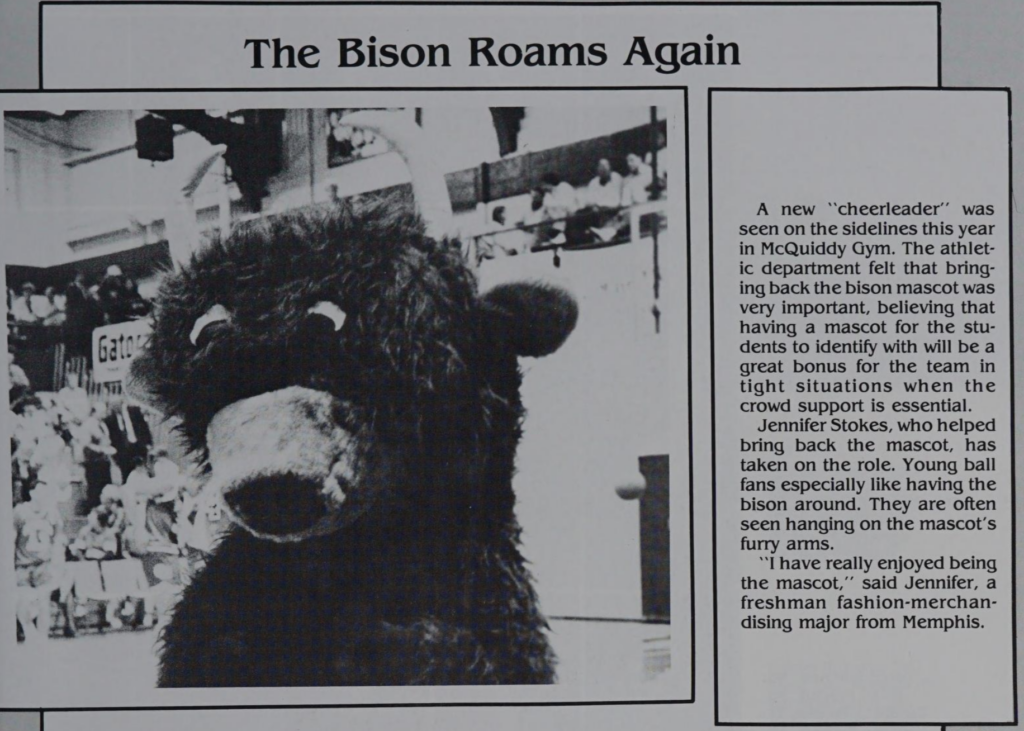
The Big Dave name stuck around for some time after Rose’s graduation at Lipscomb, but Big Dave himself didn’t. The Bison mascot seemingly went away at some point during the mid-late 1980s. Despite checking with sources familiar with the history, it’s not confirmed on why or when the mascot was gone, but it is speculated that it could have been due to no students stepping in to play the role.
However, Big Dave would eventually make a comeback in 1991, when a freshman at the time, Jennifer Stokes took on the position. The next year, the mascot would get a remodel and continued to perform at most of the basketball games from that point on.
2010s-present: The Bison of today
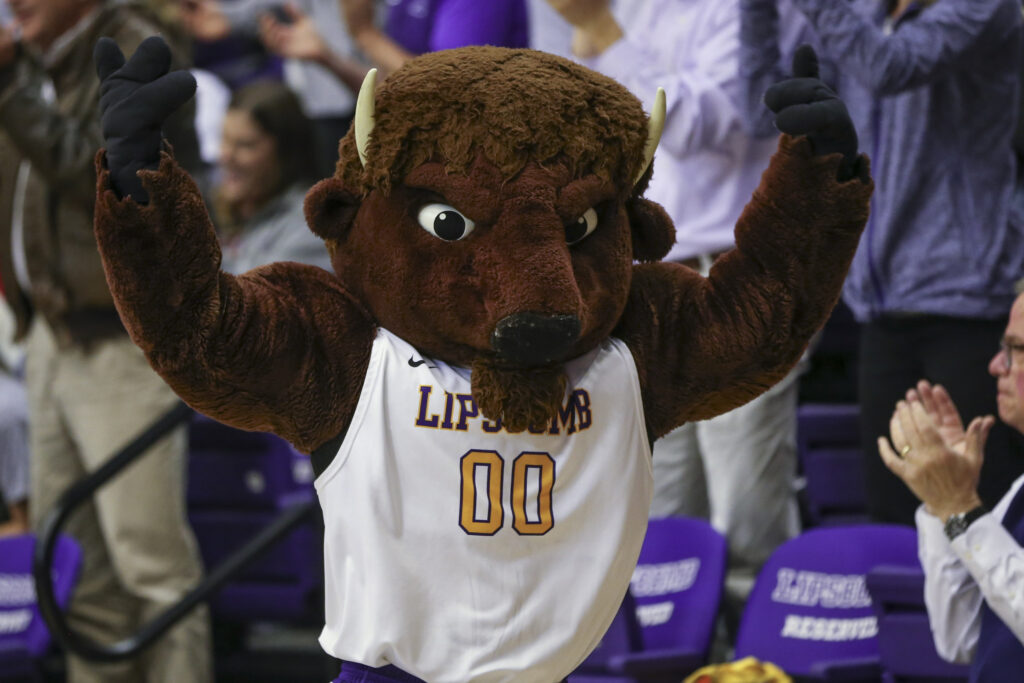
When David Lipscomb University changed its name to Lipscomb University, the Big Dave name was officially dropped along with it. The mascot’s was name then became “LU Bison”; lasting until 2013 before being altered to “Lou Bison”, the mascot the students and fans of Lipscomb have come to know today.
Who could have ever known that a mascot could have so much story behind it?
Though in different names and forms, the lineage of Lou Bison is one that runs deeply in Lipscomb’s history. A history that the storied mascot will surely be a part of for the years to come.

